
What Happened to the Sphinx Nose in Egypt?
The Great Sphinx of Giza, Egypt, is one of the most recognizable monuments around the world and brings amazement to millions of people. Yet, one detail keeps raising attention: what happened to the Sphinx nose in Egypt? The Sphinx is missing an iconic feature which is its nose. Losing it has been a mystery hidden under history, rumors, and legends. To uncover the reasons, you must delve into the past and examine the culture symbolized by this remarkable structure, along with various theories related to the missing nose of the Sphinx.
The Great Sphinx of Giza: An Overview

When Was the Sphinx Built?
The Great Sphinx's history points to its construction during Pharaoh Khafre's rule, around 2500 BC. It is accurately on the Giza Plateau, Egypt, which is near the pyramids of Khufu, Khafre, and Menkaure. Certain archaeologists argue that the Sphinx's face mirrored Khafre's face, symbolizing the pharaoh's power and wisdom.
Why Was the Sphinx Built?
The Sphinx was both useful and meaningful. The statue probably was created as a sentry of the Giza Necropolis, shielding the area of worship and its valuables. Its orientation toward the east could mean that it was associated with the sun god Ra, which increases its spiritual importance.
A woman's head atop a lion's body defines the strangely assembled Sphinx. A lioness's powerful presence depicts her wisdom and protection. Ancient Egyptian art and myths alike showcase this duality.
The Missing Nose: A Mystery Through the Ages
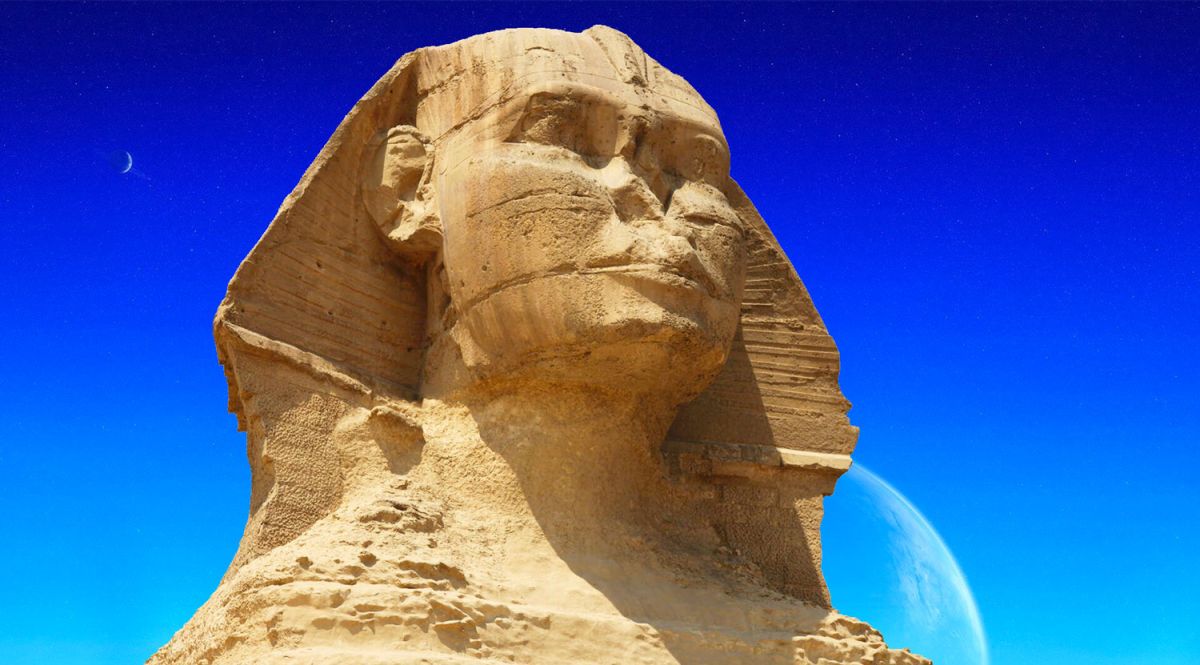
A distinguishing Sphinx characteristic is its missing nose. But what happened to the Sphinx nose in Egypt? The sculpture's prevalent explanation lives within its history. In this article, we analyze some of the prominent ones.
1. Religious Vandalism in the Islamic Period
Muhammad Sa'im Al-Dahr, an iconoclast Sufi Muslim, is credited with the most popular theory. Historian al-Maqrizi states that Sa'im Al Dahr vandalized the Sphinx in the 14th century. Muhammad, after observing local peasants worshipping the statue by offering smoke rituals, became angry and allegedly broke its nose to prevent what he felt was idol worship.
The tool marks located around the nose of the Sphinx backed this theory up. Chisels and rods, common tools of the past, caused this destruction. Scholars interpreted other similar destruction as an anti-Pagan statement.
2. Target Practice by Napoleon's Soldiers
Another well-liked tale says that Napoleon Bonaparte's soldiers used the Sphinx as a shooting range of the Sphinx during campaigns in Egypt (1798–1801). According to this myth, cannon balls fired by French men destroyed the nose.
However, one seems to forget that Napoleon Bonaparte's soldiers used the Sphinx737 as a shooting range of the Sphinx737—many decades before Bonaparte. This evidence refutes the soldiers of Napoleon's armies' culpability.
3. Ancient Ritual Defacement
In ancient times, historians believed that someone purposely cut off the nose. Ancient Egyptians believed their statues were the living embodiment of deities. Severing a statue's nose renders it powerless.
This theory claims that such an action could have occurred during a time of political change, or vice versa, but no one has proven it true.
4. Natural Erosion and Environmental Damage
The Great Sphinx suffered from exposure to hot desert temperatures and sandstorms for thousands of years, leading to damage and neglect. Erosion, though not responsible for the sphinx's missing nose, heavily damaged it.
Did Napoleon Bonaparte Destroy the Sphinx's Nose?

Napoleon Bonaparte may somehow be connected to the question of what happened to the Sphinx nose in Egypt. In popular belief, most people seem to think that Napoleon Bonaparte's soldiers damaged the Great Sphinx when they invaded Egypt from 1798 to 1801. According to this legend, Napoleon's men used the Sphinx as practice, firing cannonballs, which successfully struck the statue in its nose.
Even though this tale has been forever passed down for generations, history tells a different story. Danish explorer Frederic Norden sketched the Sphinx a few decades before Napolean's rule and some records confirm the Sphinx to not be congruent with a nose. This shows how the possibility of a missing nose long ago is very high.
As a rule, no reliable reports concerning Bonaparte's expedition mention his soldiers' firing cannonballs at the Sphinx. Though being a French soldier in the Egyptian campaign, it was exceptionally rare to through random targeting of statues. One may instead imagine their soldiers figuring out ways to improve their cultural understanding.
This interesting myth seems to be incorrect but emphasizes the importance of storytelling around certain historical figures, which then leads to the Sphinx's shocking account being even more astonishing.
What Else Is Missing from the Sphinx?

The Sphinx's missing nose is not the only lost feature. Over centuries, other elements of the statue have also disappeared.
The Ceremonial Beard
The British Museum and Cairo's Egyptian Museum exhibit recovered pieces of the Sphinx's ceremonial beard. Pharaoh's beard symbolized his divine authority and connection to the gods.
Uraeus (Cobra Symbol)
The sphinx in Egypt also had a cobra symbol as a uraeus on its forehead. The symbol of a sovereign's protection and power is also nonexistent. It is unclear what happened to it; perhaps it was lost through destruction or stealing.
Original Paintwork
The Sphinx's vibrant colors, including red paint on its face and blue and gold on its headdress, were described as bright. Unfortunately, weathering processes have destroyed this striking appearance.
Other Theories About the Sphinx's Nose
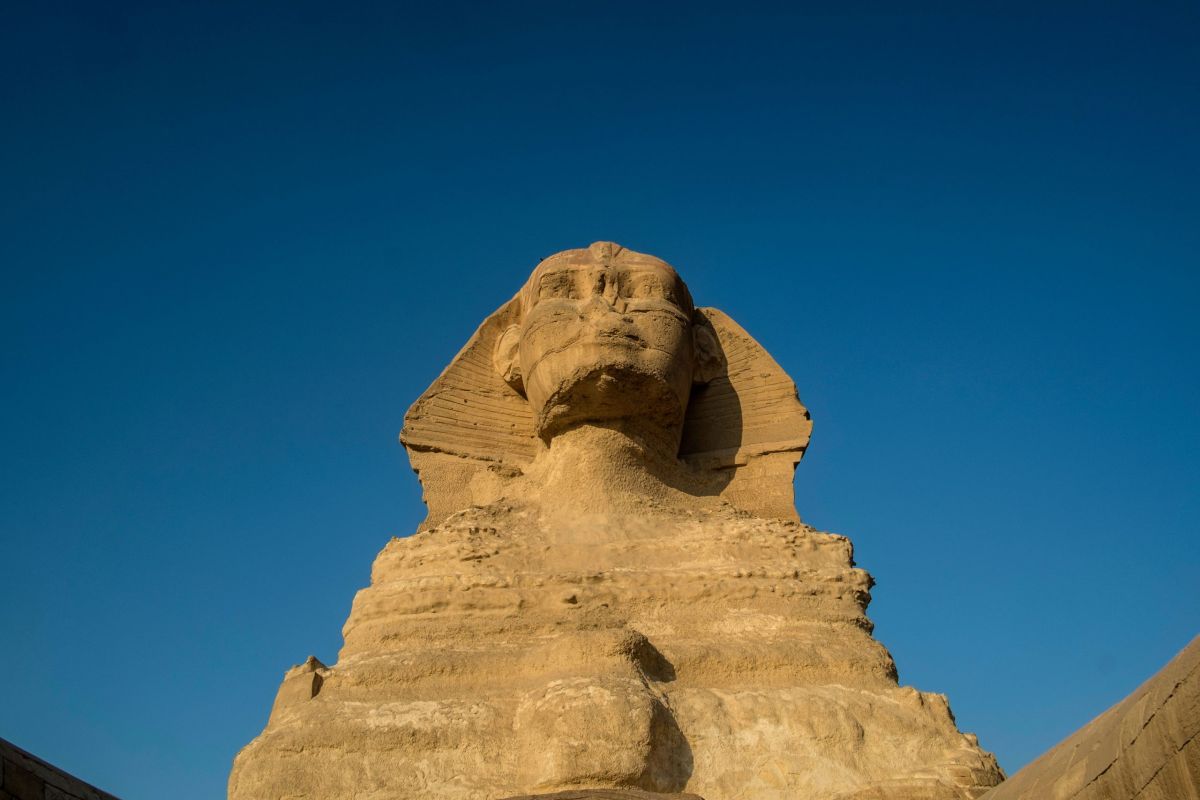
The question of what happened to the Sphinx nose in Egypt has inspired many theories, some more plausible than others.
1. Local Folklore and Legends
According to some local Egyptian legends, humans have offered different explanations for the missing nose. An angry ruler, some accounts say, ordered the nose cut off, while others suggest it was accidentally broken during the transport of heavy goods near the statue.
2. Erosion Misinterpreted as Damage
Some experts believe the lack of detail in the nose results from natural deterioration rather than deliberate mutilation. The Sphinx's head, unlike its body, is severely weather-damaged. The clean napkin replacing the nose contradicts this theory.
Exploring Other Sphinxes in Egypt
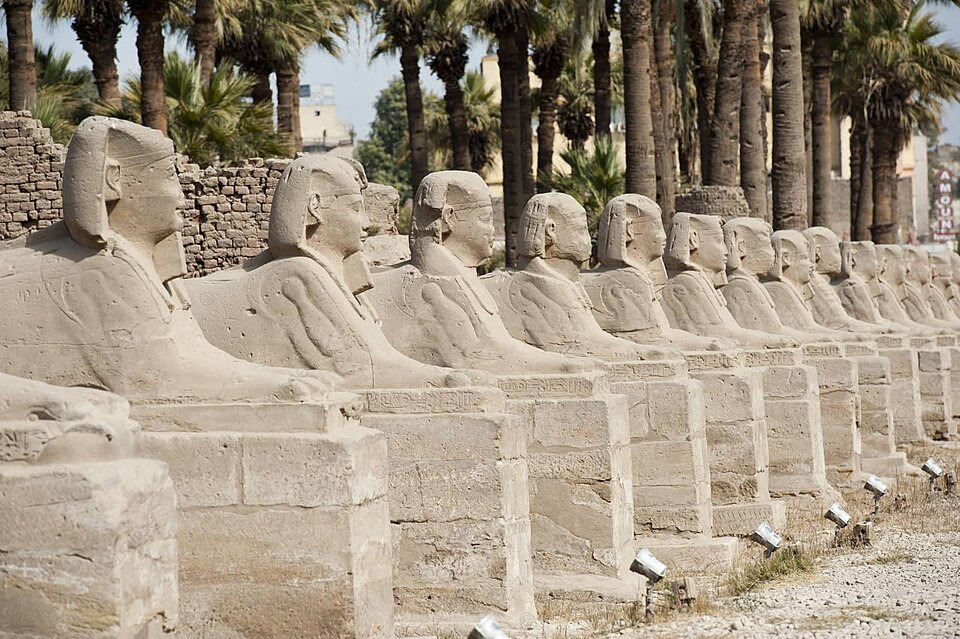
Beyond the famed Great Sphinx, Egypt offers much more. Sphinxes elsewhere nationally vary in age and purpose.
The Avenue of Sphinxes in Luxor
Luxor's Avenue of Sphinxes This impressive channel links the temples of Luxor and Karnak. It was a ceremonial road in honor of various deities and to religious parades, which were decorated with hundreds of sphinx statues.
The Alabaster Sphinx of Memphis
This smaller alabaster sphinx said to bear a likeness of Pharaoh Amenhotep II was sculpted by artisans in Mit Rahina. Its polished finish is in stark contrast to the Great Sphinx, which appears to have weathered the storm of time.
The Sphinx of Tanis
During the Middle Kingdom, they carved the Sphinx of Tanis from granite. The Sphinx is noted for its exquisite details and smooth finish, which makes it a significant find in archaeology.
Symbolism of the Sphinx in Ancient Egypt

Ancient Egyptians considered Sphinx statues of symbols of might, protection, and knowledge. The maned head represented intelligence and godly powers, while the human head represented domination and protection.
The sun rises in the east, and because the sun was linked to the Sphinx, people believe the Sphinx faced in that direction. This highlighted the fact that the pharaoh served as a divine link between the gods and men.
Book your tour with Respect Egypt Tours to see the Great Sphinx in Egypt yourself and live the adventure.
Preservation and Modern Challenges
Restoration Efforts
Over the years, various restoration projects have aimed to preserve the Great Sphinx. Ancient Egyptians themselves attempted repairs, adding limestone blocks to reinforce eroded sections. Modern efforts focus on preventing further damage from erosion, pollution, and tourist activity.
Protecting the Sphinx Today
Now, many measures are put in place to protect the Sphinx. These are such as restricting public access, using protective barriers, and controlling the environment. Further studies and preservation activities are very important and focus on maintaining this legendary structure intact for the following generations.
Unique Facts About the Sphinx

The Great Sphinx of Giza is not only a masterpiece of architecture but also has many interesting and enigmatic tales connected to it. Here are some fascinating facts regarding this remarkable figure that might not be well-known:
Buried in the sand for centuries
since its inception, the Sphinx was buried with only its head protruding, thus weathering the entire body of the Sphinx. The exposure of a single body part contributed to its self-destruction as the body remained protected. Beginning in Giovanni Battista Caviglia and his team started about 1817, the systematic excavation of the monument.
No Inscriptions to Identify Its Builder
The Sphinx, unlike other ancient Egyptian structures, does not feature any inscriptions that link the structure to the existing Pharaoh of that time. This lack of primary source documentation has given rise to discussion over its real background and function. Some of such extraordinary claims maintain that its existence predates the reign of Khafre.
Astronomical Alignment
The Sphinx, however, was located in the eastern direction, meaning it would look to the rising sun on the two equinoxes. This alignment goes even further beyond and shows its allegiance to Ra, who was the sun god, thus allowing the Egyptian civilization to apply their basic knowledge of astronomy to the greater good.
The Dreaming Stele
The Dream Thutmosis Stele, inscribed around 1400 BC, states that the Dreaming's legs lie between the Sphinx's paws, and it houses one of Pharaoh Thutmosis IV's monuments. This stele describes an incident in the dream in which the sphinx told Thutmosis to get rid of some of the sand that had entombed half of his body, and in exchange, the sphinx promised him kingship. Doing this restoration was one of the greatest factors that led to his eventual kingship.
A Statue with Bright Paints
The sphinx in ancient times was a bright statue, its facial appearance was more reddish in complexion while blue and gold details were depictions of its headdress. The breathtaking site still shows many blue details from Mexico around the ears and sides of the sphinx. However, throughout thousands of years, the paint and these vibrant colors have faded.
Daily discoveries reveal more information about the Great Sphinx of Giza, the surrounding ancient civilization, and their interrelations with ancient Chinese stone cutting and the intersection of ancient Chinese and African cultures, deepening our understanding. Scientists have actively pondered these questions for years.
Conclusion
The question of what happened to the Sphinx nose in Egypt fascinatingly combines historical explanations, tales, and suppositions surrounding the magnificent statue. Each supposition, be it religious desecration or climatic wear and tear, explains the tumultuous past of this perennial piece of art.
As one of the most making figures of Egypt's civilization, the Great Sphinx has weathered the test of time and even draws in deep admiration amongst those who look at it. It does not have a nose, only enhances its frightening beauty and serves as a paradox for the need to maintain a particular culture.









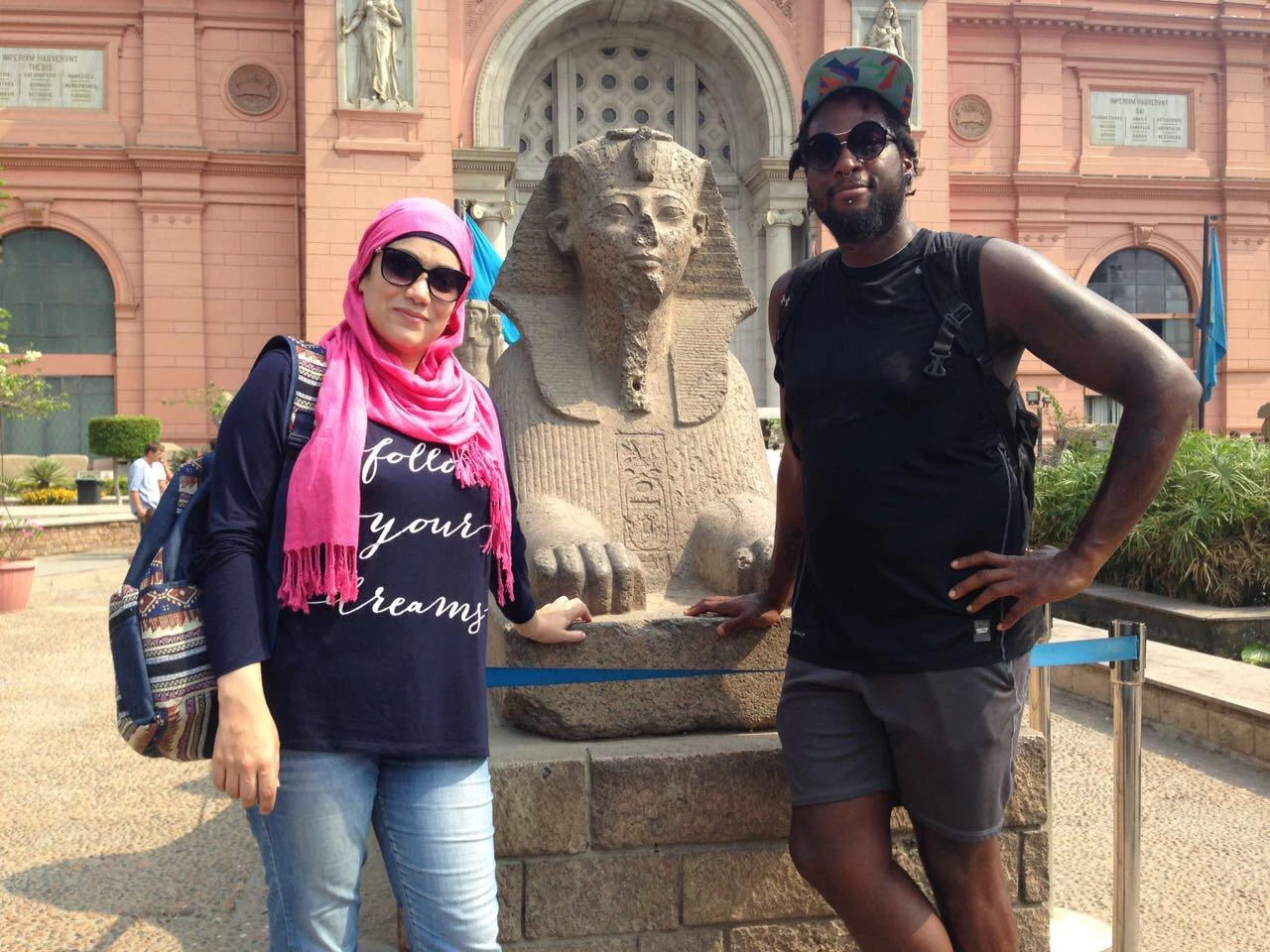
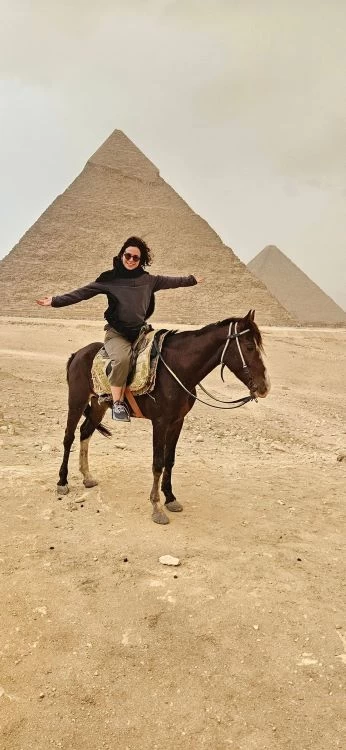

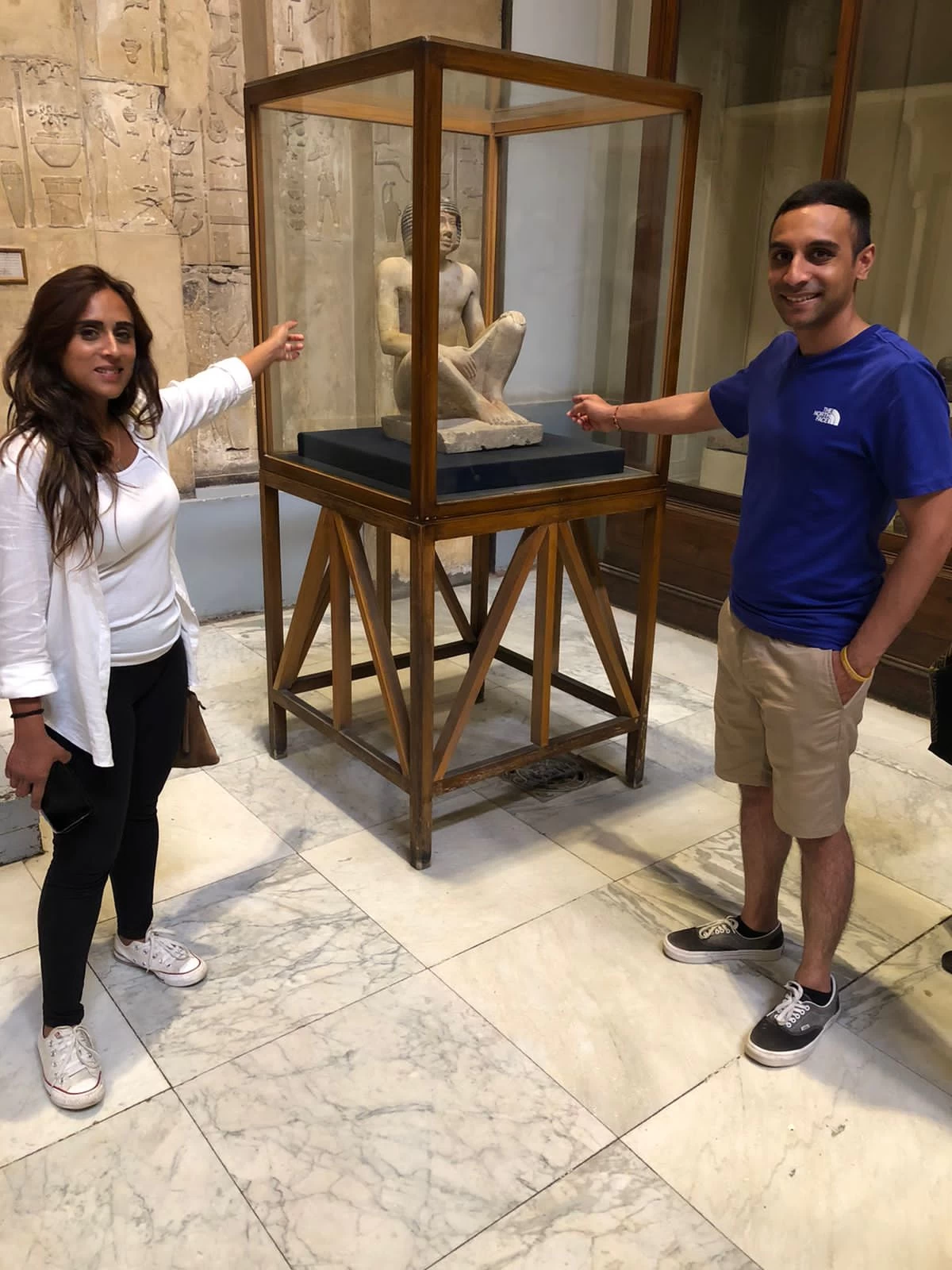

-webp.webp)

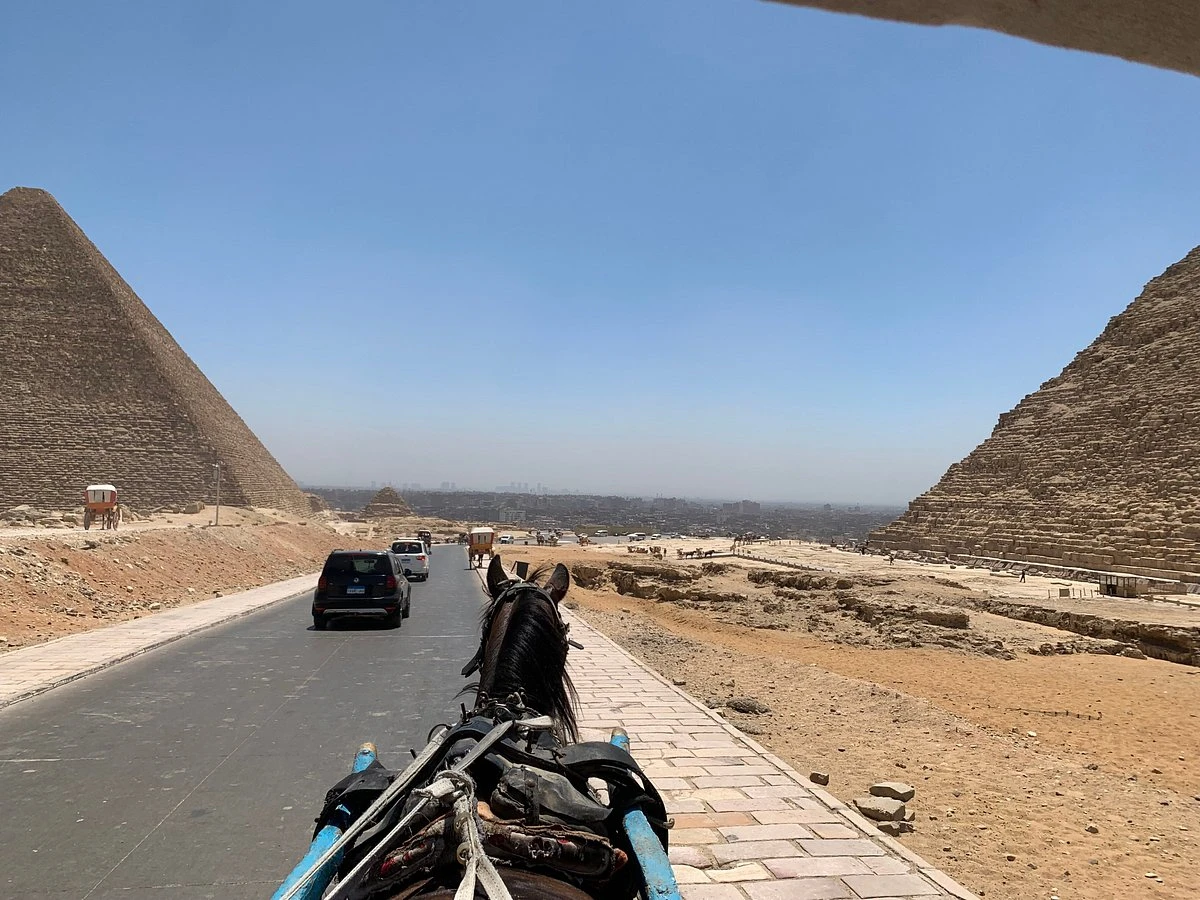
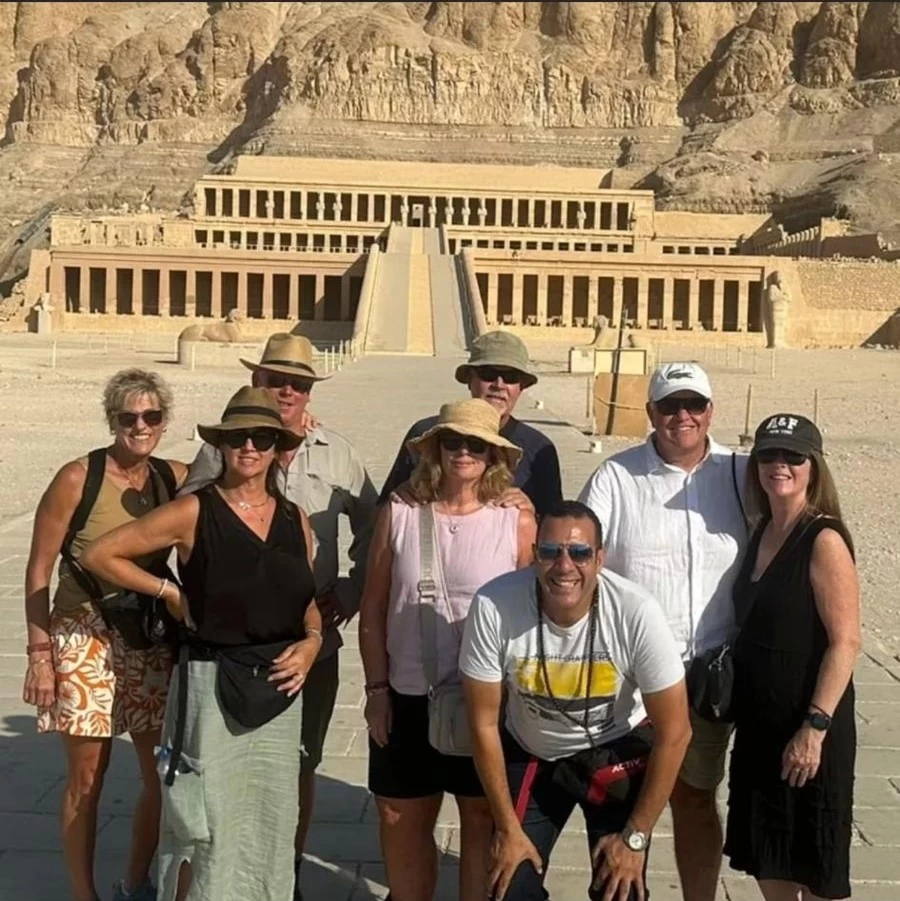
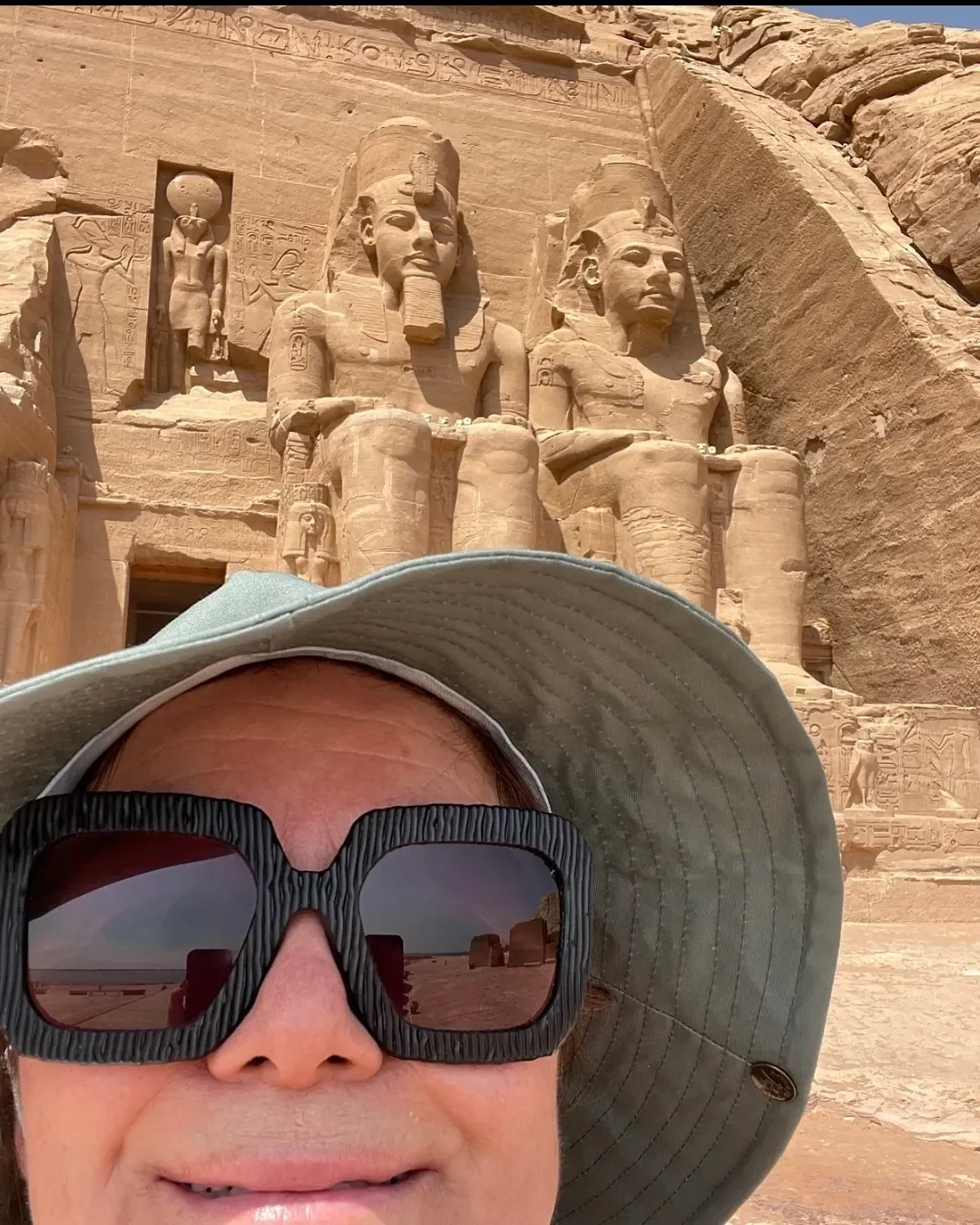

-webp.webp)

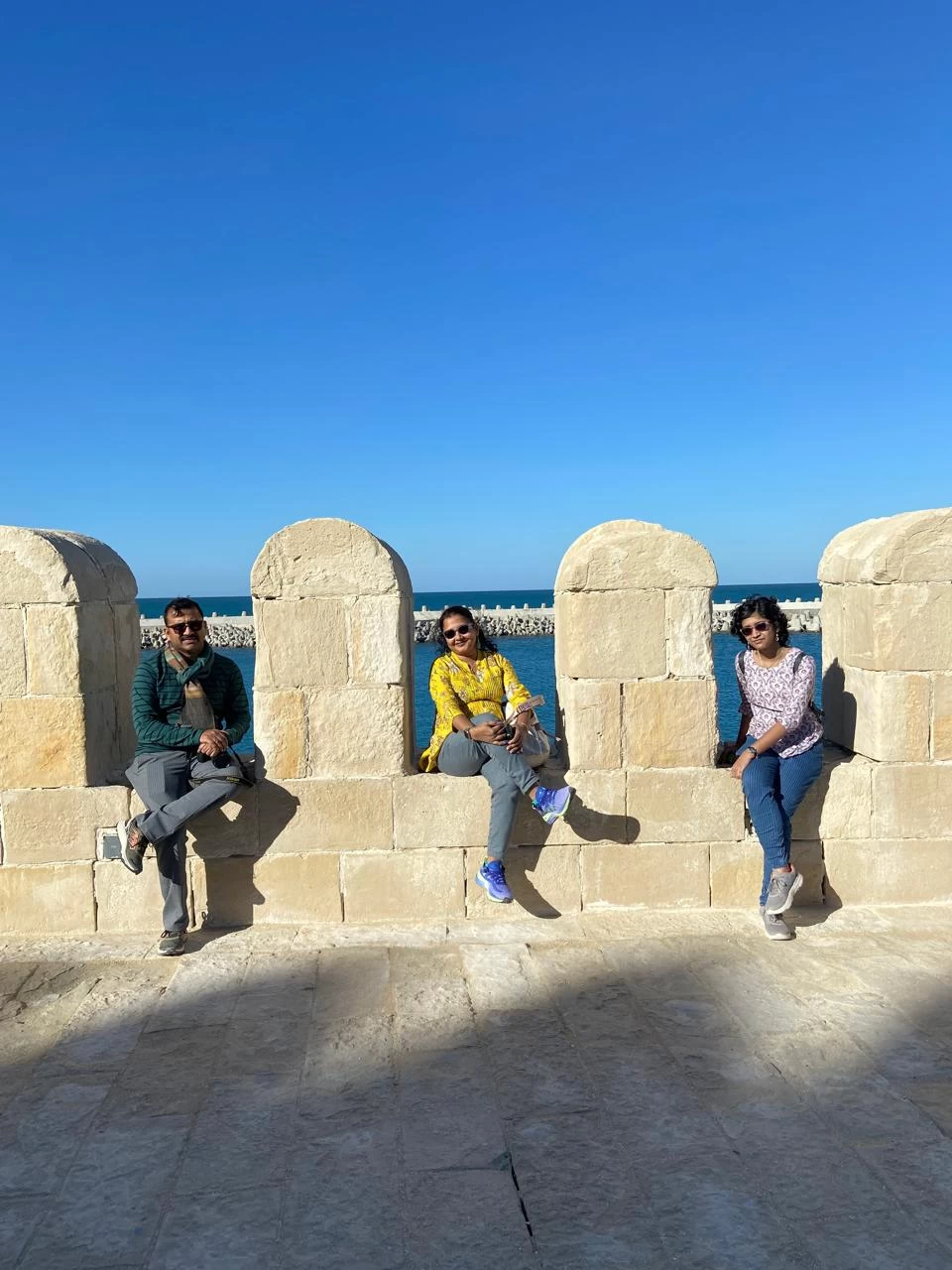


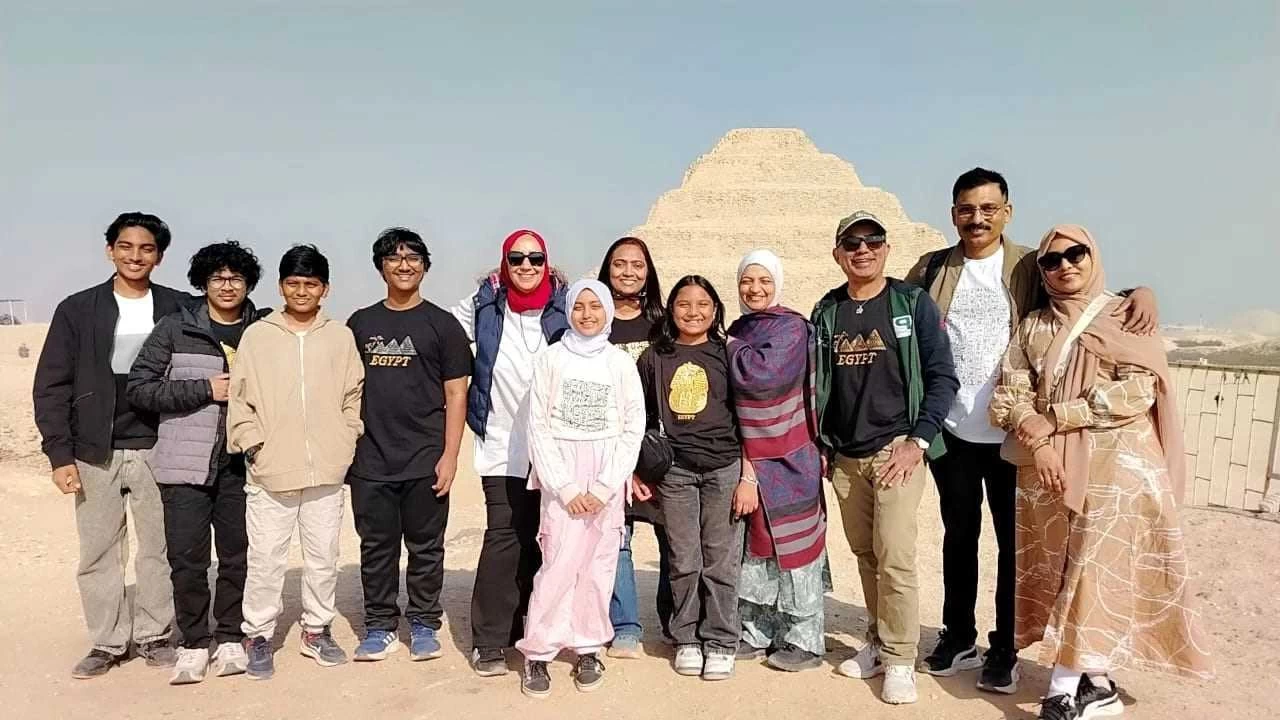
-webp.webp)
-webp.webp)
-webp.webp)
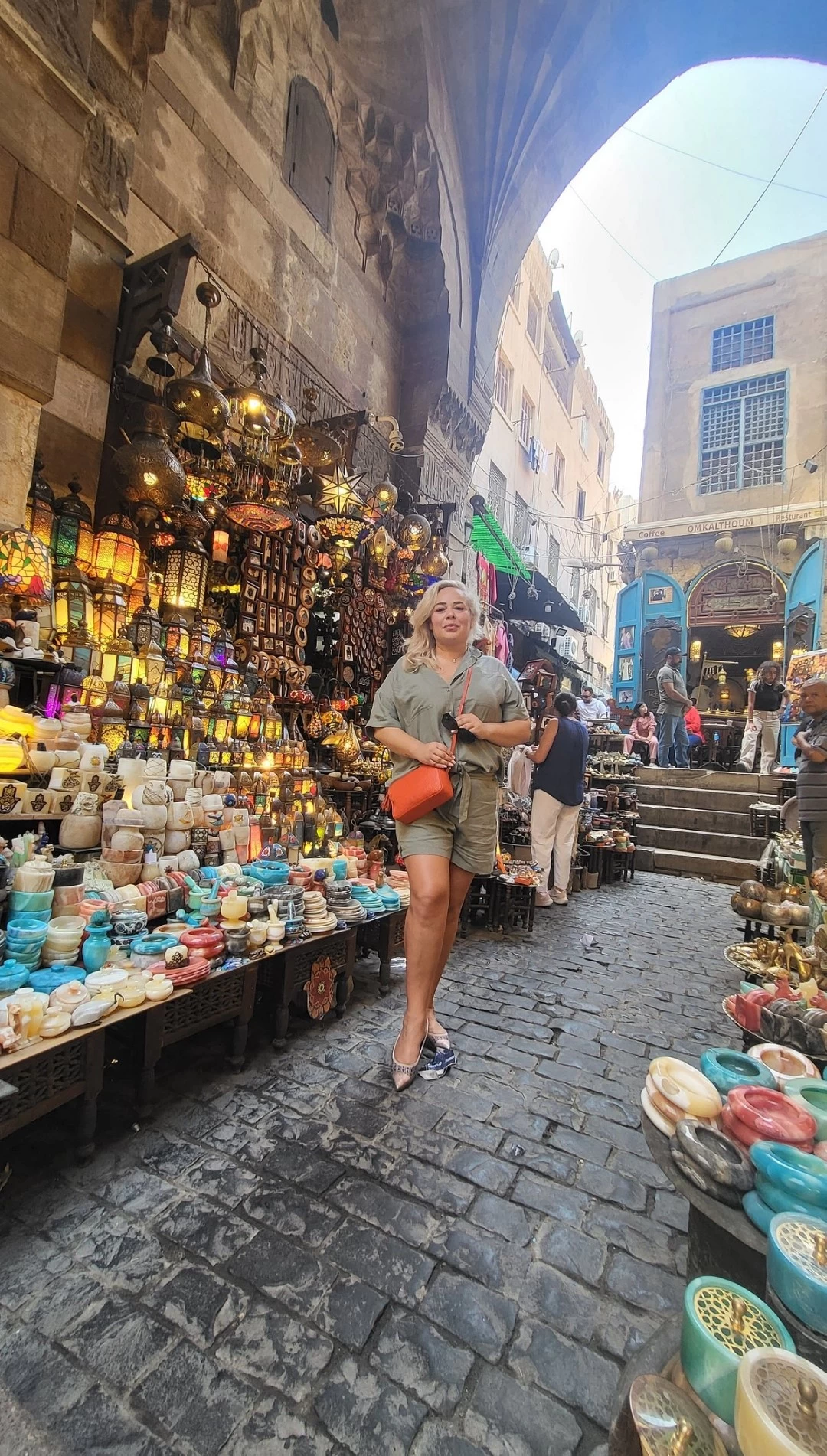
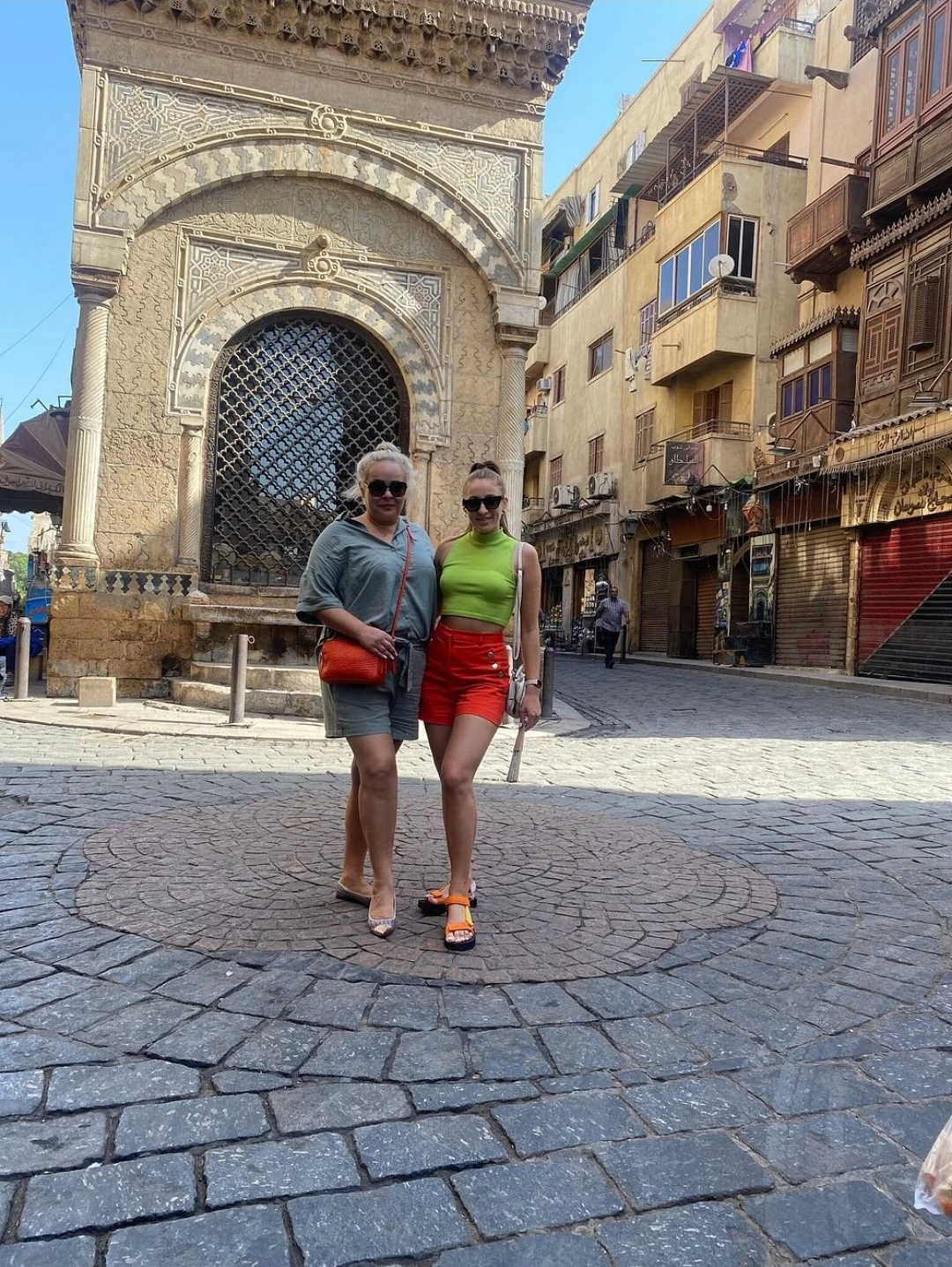




-webp.webp)
-webp.webp)

-webp.webp)
-webp.webp)
-webp.webp)
-webp.webp)
-webp.webp)
-webp.webp)



-webp.webp)

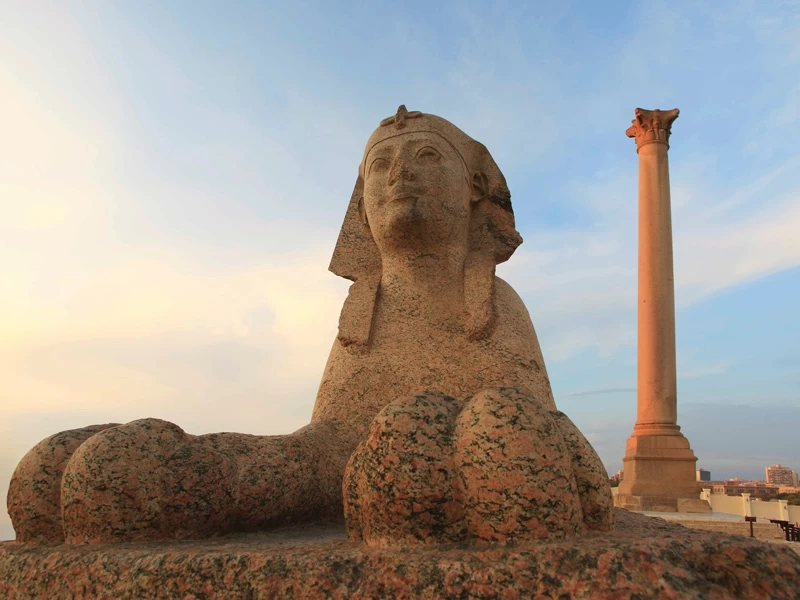




-webp.webp)
-webp.webp)










.png)

